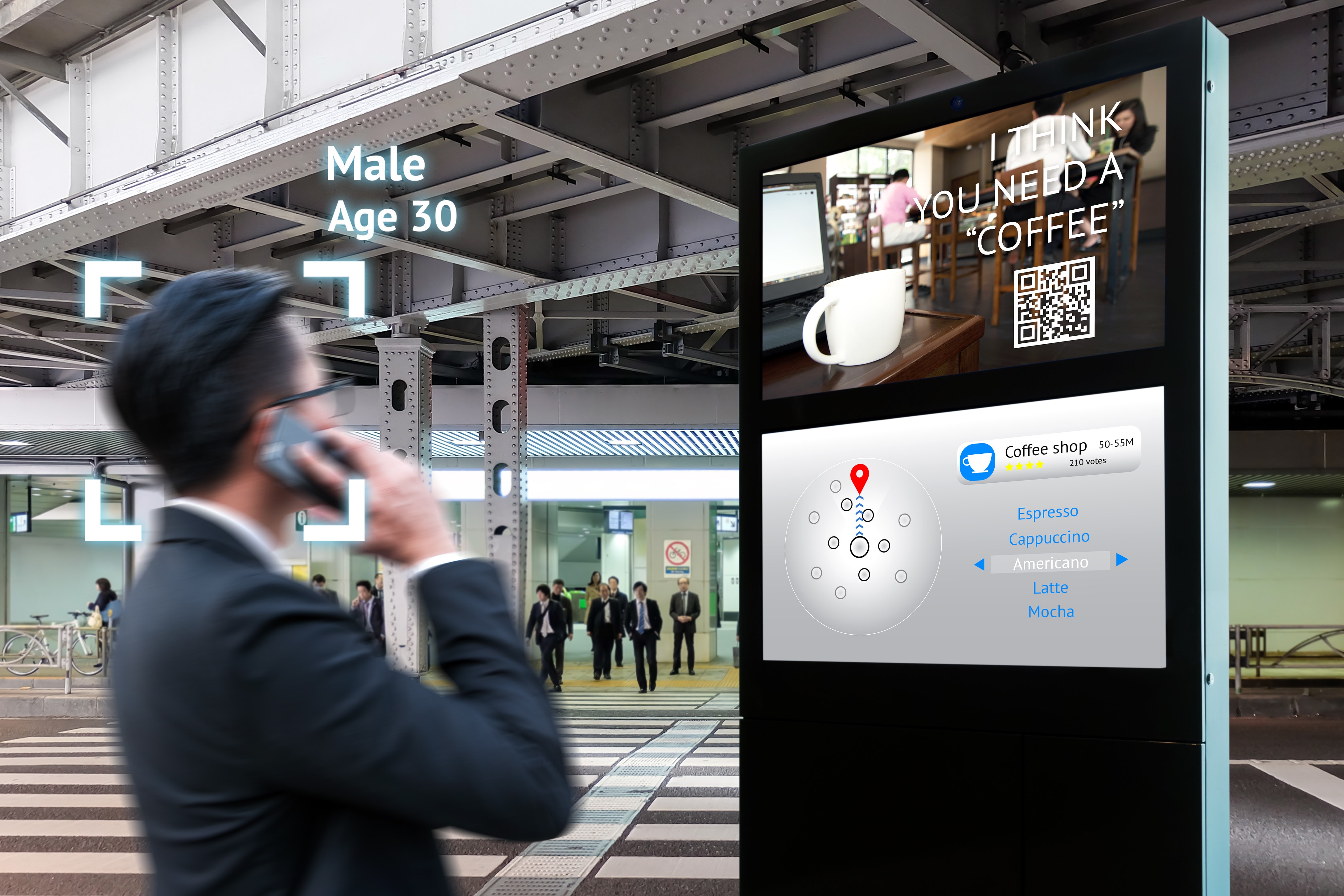Digital signage is a modern way of providing information or interactive experiences to consumers, staff, and building occupants through LED screens or even video walls. As technology continues to advance, more capabilities are constantly being created and refined, making digital displays prime real estate for advertising or important messages.
As it stands, 63% of people already report paying attention to digital signage. But this phenomenon is not exclusive to one industry—any organization can benefit from this unique technology. Whether you want to improve patient experience in a hospital or employ targeted advertising in a retail store, there are many advantages of using digital signage.
Let’s take a look at a few key ways you can use digital signage most effectively—both in general and in specific industries.
Digital Signage Best Practices
1. Set Clear Goals
Like with any new project, it’s important to set goals for your digital signage strategy. Namely, identify the purpose and target audience for the displays. Ask yourself: what message am I trying to share, and who do I want to see that message?
Digital signage is often used for advertising or informational displays, but it can also be used for wayfinding. Whether it’s in a hospital or a shopping center, having a digital map that helps visitors understand how to get to their destination is a great perk.
As for your target audience, identify your average customer and modify your signage to accommodate them. For example, private practices that cater primarily to seniors should make sure their displays are bright and have plenty of contrast, so they’re visible even to those who may have vision problems.
2. Think Outside the Box
Digital signage provides a unique opportunity to engage with visitors and stand out from your competition. Use your displays in creative ways to help your organization make a statement. For example, consider using signage to entertain your visitors. Whether you want to show a live stream of something in your business, a popular movie or television show, or even offer an interactive game, digital signs can help you entertain people, especially if they encounter wait times.
3. Location, Location, Location
One of the best ways to make the most of your digital signage is to put it where people are most likely to see it. Find your most heavily trafficked areas and install displays there. That way, you can capture the attention of the most passersby possible, potentially improving your ROI. Also, consider the height of your average visitor, and mount the display at eye level. If you need the device to be higher up, put it at an angle so visitors see it when they glance up.
Finally, consider the environment of the location where you want to put your display. Intense heat can severely damage digital displays, and sunlight can cause glare. Choose places where your signs will thrive. A skilled installation team can help you make these decisions, too.
Industry-Specific Best Practices
As universal as the benefits of digital signage are, there are certain advantages that are more applicable to specific industries. But who knows, maybe you can take inspiration from a different industry and bring a new tactic to your business.
Healthcare Digital Signage
On top of wayfinding for large medical practices and entertainment for long wait times, the healthcare industry can use digital signage in many ways. They can display wait times to help decrease frustration or show emergency messages in times of crisis. Because digital displays capture people’s attention, they can be used to easily communicate important information. You could even place a digital display in a staff break room to keep everyone in the loop.
Retail Digital Signage
Retail might be the most common place you would think to use digital signage, and one of the most popular uses there is for advertising. It can display brand messaging and advertise internal messaging, or it can show paid advertising from outside organizations. Retailers use digital signage to tailor the experience for their customers while they are in the store.
Restaurant Digital Signage
Whether you’ve realized it or not, restaurants use digital signage quite frequently. Drive-thrus often feature digital displays that show not only the menu but also your particular order as you give it. Digital displays can also show order preparation status, and touchscreen kiosks are becoming more and more popular as self-ordering options.
Hopefully, by now you understand that any industry can reap the benefits of digital signage. Even if you’re in a different industry than we mentioned here, these use cases and best practices can be easily transferred across industry lines.
When you’re ready to invest in digital displays for your business or organization, find an installation team you can trust. They can help you assess your site for the best possible digital signage deployment. At Kinettix, we have a global team of experienced partners who can help you with your digital signage no matter where you are in the world. Contact us to schedule a consultation.






